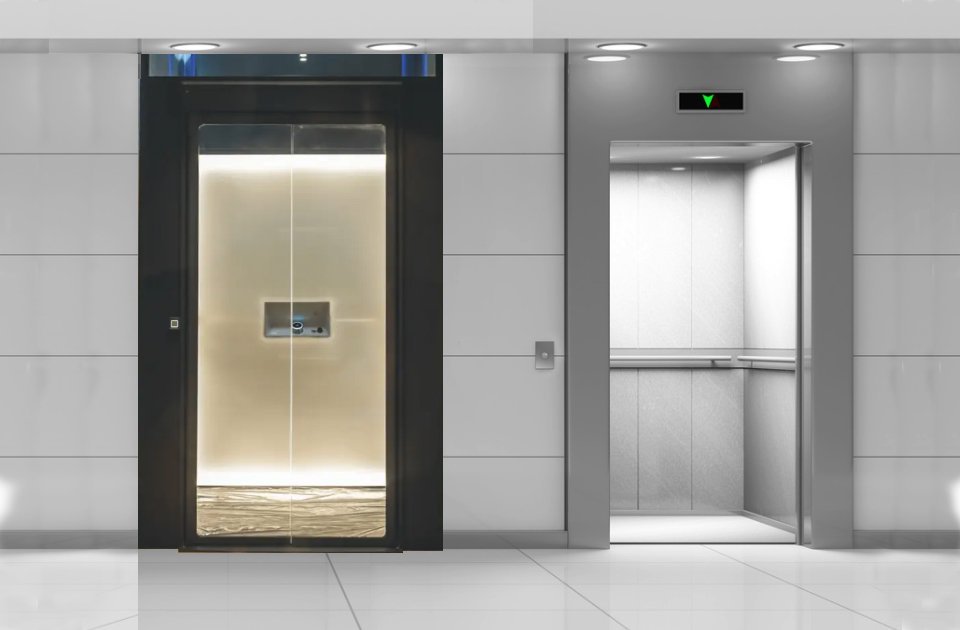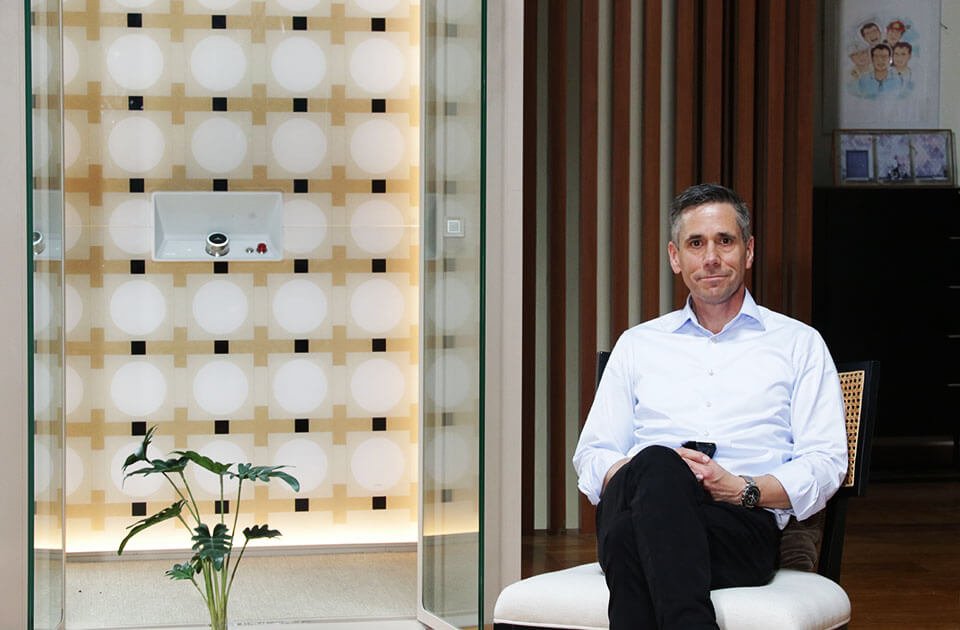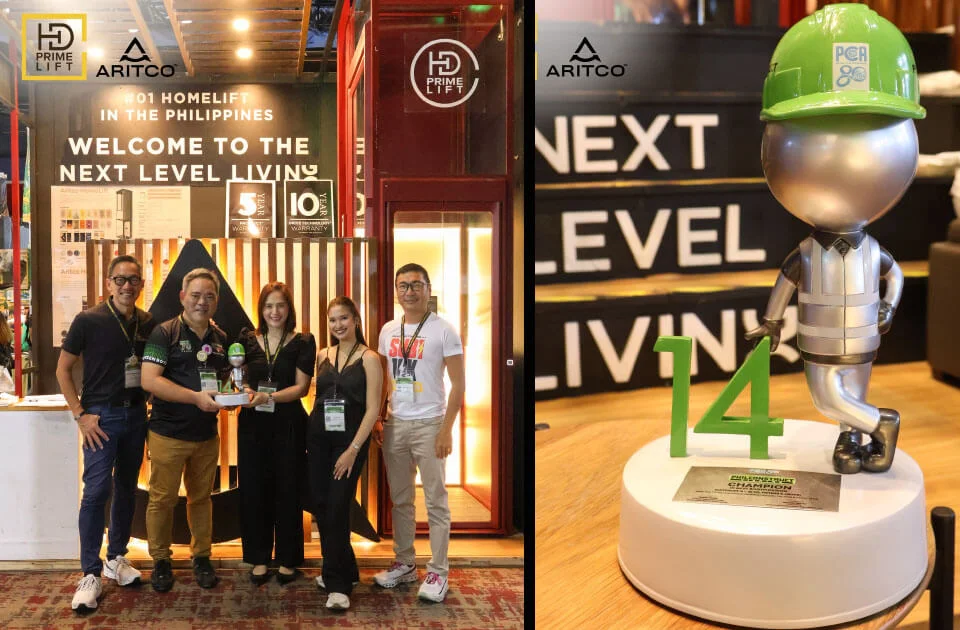
Traction Home Elevator vs Screw-and-Nut Home Elevator: Why the Smarter Choice Might Surprise You
August 13, 2025Home Elevator Mistakes to Avoid: A Consultant’s Guide for Buyers
When it comes to installing a residential elevator, even the smallest oversight can lead to costly repairs, safety hazards, and daily inconveniences. The truth is that many homeowners unknowingly fall into the same traps when choosing and installing a lift. In this guide, we’ll break down the most common home elevator mistakes and, more importantly, how to avoid them—so you can enjoy a safe, smooth, and stylish addition to your home.
Common Mistakes Homeowners Make When Choosing a Home Elevator
Buying and installing an elevator is a long-term investment. However, homeowners often make avoidable errors that compromise both safety and functionality. Let’s explore the biggest mistakes.
Choosing the Wrong Type of Elevator
Not all elevators are created equal. Many buyers rush into a purchase without understanding the differences between hydraulic lifts, traction elevators, and screw-and-nut technology. Choosing the wrong system for your home’s layout can result in higher costs, poor performance, and limited lifespan.
Ignoring Space and Design Requirements
A residential elevator must fit seamlessly into your home. Overlooking shaft dimensions, headroom, or pit requirements often leads to expensive modifications later. A poorly planned installation can also reduce the usable space in your house.
Overlooking Safety Features
One of the biggest home elevator mistakes is cutting costs by skipping safety features like door sensors, emergency brakes, or advanced control systems. Without these, elderly family members and children may be at greater risk while using the elevator.
Not Considering Maintenance Needs
Many homeowners assume elevators run smoothly without upkeep. In reality, lack of regular maintenance and inspection leads to misaligned doors, mechanical issues, and costly breakdowns.
Choosing the Cheapest Option
While it’s tempting to save money, low-cost systems often sacrifice reliability. A cheaper elevator may have hidden costs in terms of repairs, inefficient installation, and lack of long-term support.
Hiring the Wrong Installer
Even the best elevator system can fail if installed poorly. Some buyers work with inexperienced contractors rather than certified specialists. This often leads to improper wiring, uneven leveling, and unsafe operation.
Ignoring Future Needs
Homeowners often underestimate how much they’ll rely on the lift in the future. For households with aging parents or mobility challenges, not planning ahead for accessibility can make the elevator unsuitable within just a few years.
How to Avoid These Home Elevator Mistakes
Now that we’ve highlighted the pitfalls, the real question is: how can you avoid making the same mistakes? Before committing to a home elevator, ask yourself these key questions.
What type of elevator system fits my home best?
Hydraulic, traction, and screw-and-nut technology each have unique pros and cons. Understanding which system matches your space, budget, and lifestyle is crucial.
Is my home ready for efficient installation?
Check whether your house meets the requirements for shaft size, pit depth, and headroom. Consulting professionals early can help prevent costly modifications.
Does the elevator include advanced safety features?
Make sure your chosen lift has sensors, emergency stop systems, and a smooth braking mechanism. Safety should always come first.
How often will my elevator need maintenance?
Ask your installer about inspection schedules, regular servicing, and warranty terms. A reliable provider ensures timely repairs and helps you avoid costly breakdowns.
Am I balancing quality with cost?
Instead of focusing only on price, compare the long-term value of different models. A slightly higher upfront investment often guarantees peace of mind.
Who will handle the installation and support?
Always work with certified elevator experts. Companies like HD Homelift Solutions not only provide advanced systems but also ensure professional installation and after-sales care.
Will this elevator meet my family’s future needs?
Think long-term. Consider how the lift will serve elderly family members, accommodate mobility challenges, and adapt to lifestyle changes.
Choosing the right elevator is more than just a matter of convenience—it’s about safety, efficiency, and long-term peace of mind. By avoiding these common home elevator mistakes and asking the right questions, you can ensure your investment runs smoothly for years to come.
For those curious about how far a home elevator can go—not just physically, but in redefining space, safety, and style—HD Homelift Solutions invites you to explore the possibilities. Visit www.hdhomelift.com or drop by the showroom on the 3rd Floor, 129 Congressional Avenue, Project 8, Quezon City.



